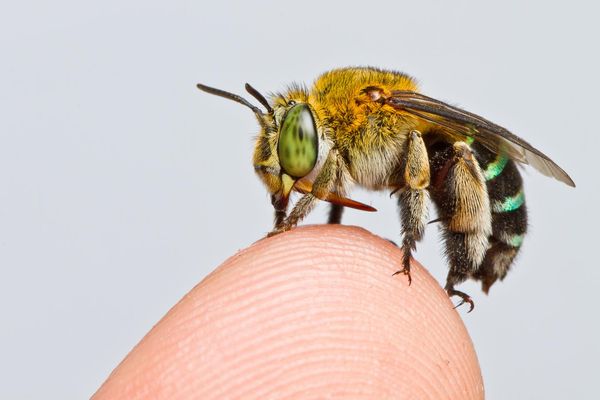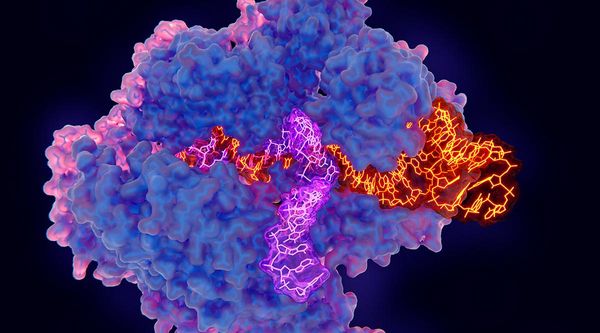Evolutionary Secrets of Snake Skulls
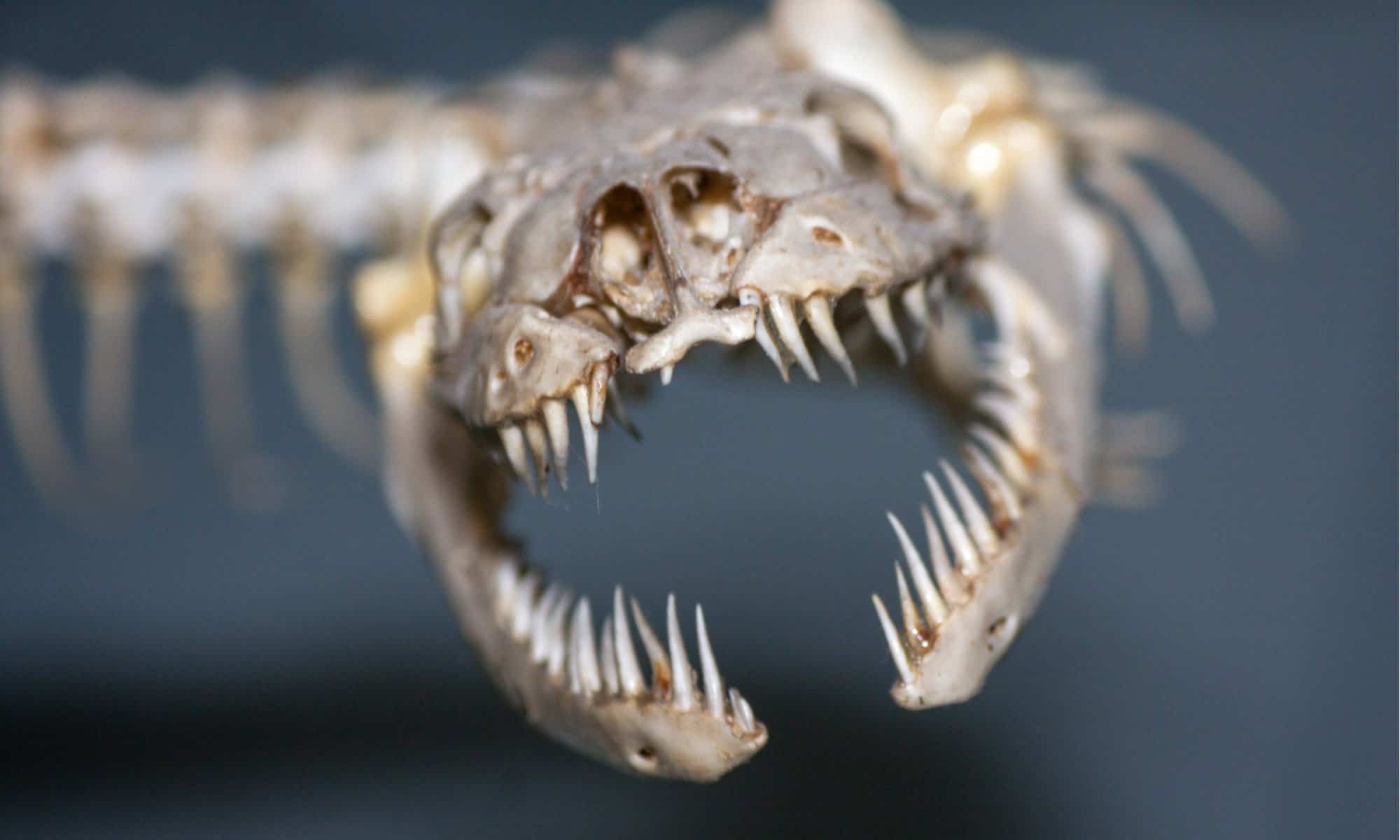
Dipsadine snakes, numbering over 800 species in South and Central America, form a remarkable vertebrate radiation. Their ecological diversity spans from arboreal snail-eaters to aquatic eel specialists and terrestrial generalists. Despite their ecological significance, understanding the impact of ecological specialization on the broader phenotypic diversity within this clade remains limited.
A Morphological Perspective
In a groundbreaking study conducted by researchers at The University of Texas at Arlington in collaboration with the University of Michigan, the focus shifted to understanding how habitat use and diet influence morphological diversification in skull shape across 160 dipsadine species. Employing micro-CT and 3-D geometric morphometrics, the team used a phylogenetic comparative approach to explore the contributions of habitat use and diet composition to skull shape variation among species.
Key Findings and Results
The study reveals that both habitat use and diet significantly predict skull shape in various regions. Interestingly, habitat use emerges as a more influential predictor compared to diet across multiple skull regions. Fossorial and aquatic behaviors, within ecological groupings, exhibit the most substantial deviations in morphospace for several skull regions. The research employs simulations to address result robustness and highlights statistical anomalies arising from applying phylogenetic generalized least squares to complex shape data.
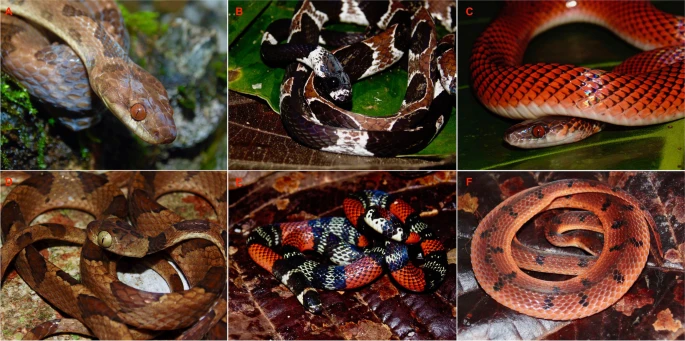
Snake Skull Island!
Correlations between skull shape and both habitat and dietary ecology are significant, with the strongest relationships observed in snakes exhibiting aquatic and fossorial lifestyles. This correlation aligns with the classic model of adaptive radiation, suggesting that ecological factors played a pivotal role in driving morphological diversification within the dipsadine megaradiation.
Skull Evolution
The study emphasizes the importance of skull shape in snakes, influencing crucial aspects such as prey acquisition, habitat use, mate choice, and defense against predators. Given the absence of limbs in snakes, their skulls play a vital role in navigating their habitat and consuming prey larger than their body size would suggest.
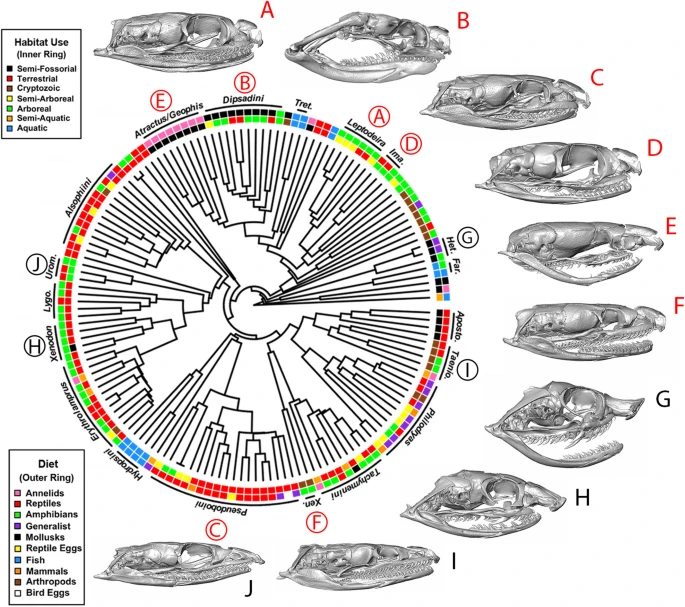
A 3D Exploration
To delve into the evolution of skull shape, researchers utilized X-ray microcomputed tomography-scanning technology on preserved museum specimens, creating 3D digital reconstructions of the skulls of 160 dipsadine species. Geometric morphometrics quantified their shape, paired with field data on their habits and diet to unveil the intricate relationship between skull shape and ecology.
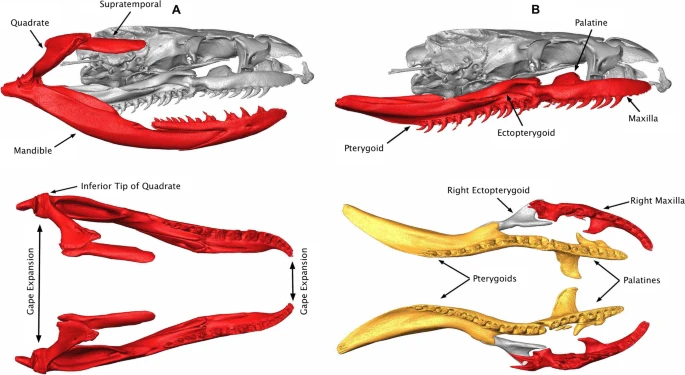
Adaptation
Gregory Pandelis, collections manager at UTA's Amphibian and Reptile Diversity Research Center, expresses the significance of this research, noting, "We now have evidence that this group of snakes is one of the most spectacular and largest vertebrate adaptive radiations currently known to science." He highlights the strong correlation between habitat use, diet preferences, and skull shape, indicating their pivotal role in cranial evolution for these species.
With more than 800 species ranging from less than 12 inches to over 9 feet, dipsadine snakes showcase remarkable adaptability in their habitat and diet preferences. While this study provides crucial insights, there remains much to uncover about these enigmatic and fascinating animals.




